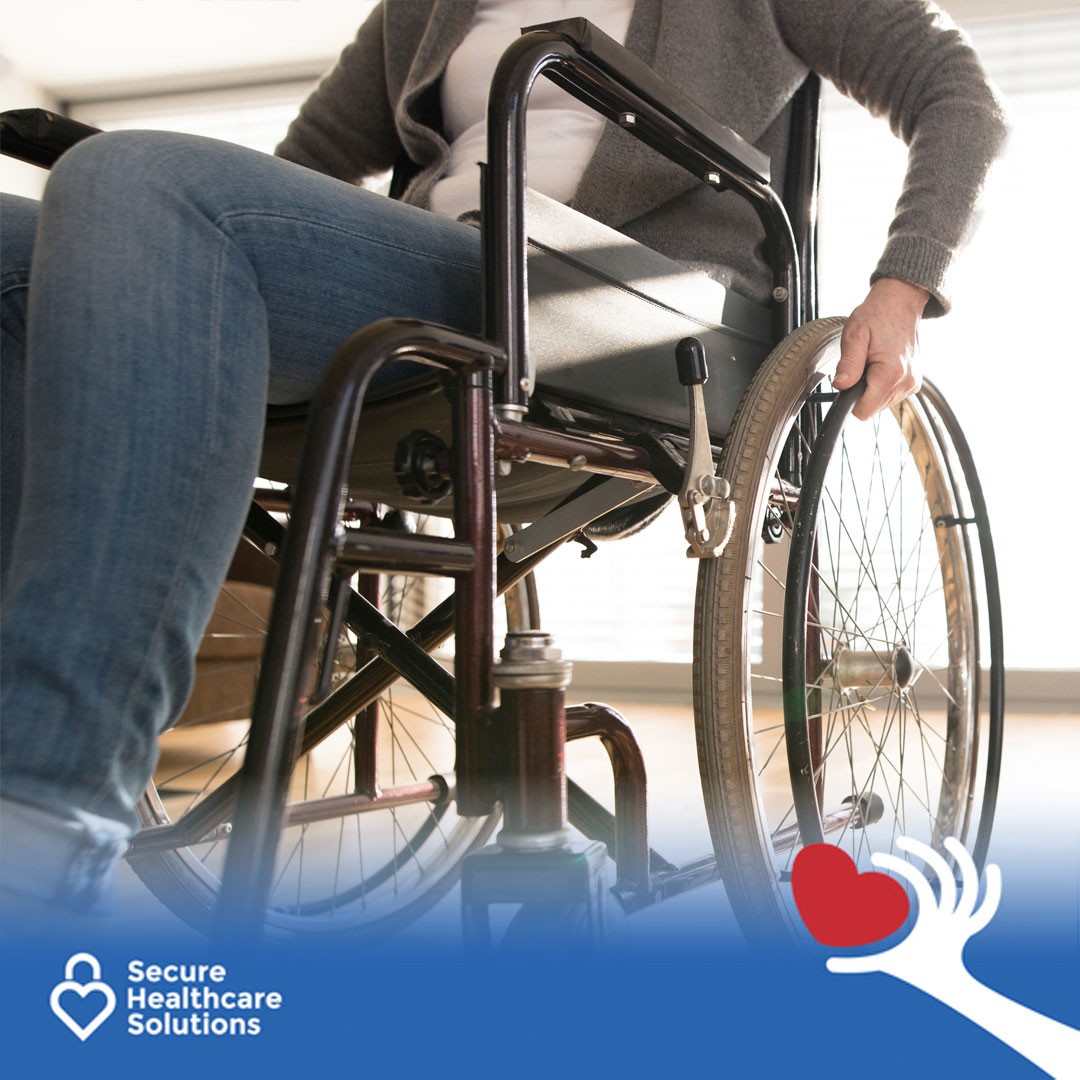
According to NHS England, wheelchairs are used by approximately 1.2 million people in the UK. The majority of wheelchair users are aged 60 or more – they account for more than two thirds of all wheelchair users in the UK – and nearly 1 million people are believed to have learning disability in England alone.
When so many people use wheelchairs, why then are we so awkward about how to interact with them?
It’s human nature to know how to greet someone, however, when greeting someone with a physical disability, it can be confusing for people who aren’t familiar with wheelchair etiquette, so here are some tips (with credit to KD Smart Chair, United Spinal and Karman Healthcare) for how to interact with and respect wheelchair users:
1. Ask before you help them
Just because someone has a disability it doesn’t mean they need your help. Adults with disabilities want to be treated as independent people, so only offer assistance only if the person appears to need it. A person with a disability will often times communicate when they needs help.
Some people with disabilities depend on their arms for balance, and so grabbing them, even if your intention is to assist, could knock them off balance. Never touch a wheelchair or wheelchair user without a direct invitation to do so. It is both demeaning and rude. Most wheelchair users consider their wheelchair an extension of their own body, so avoid leaning on, pushing or otherwise handling their chair without their permission.
2. Don’t make assumptions about why a person is using a wheelchair
Many, if not most, wheelchair users are not paralysed and can get up if they need to. Don’t make assumptions about why they have to use a wheelchair or about their capabilities. In addition, don’t assume the person can’t understand you or can’t hear you, try instead to view wheelchair users as what they are – regular people who happen to be using a different tool to get around.
3. Speak directly to a wheelchair user
Don’t disrespect a wheelchair user by speaking to the caregiver instead of them. Just because their legs or back doesn’t function as well as yours, doesn’t mean their brain is any less capable than yours. Making small talk with a person who has a disability is great, so just talk to them as you would with anyone else.
Also, don’t comment on the wheelchair. There’s no need to discuss, question or even compliment the wheelchair. Talk to the person about yourself, themselves, or anything else – but not about their wheelchair. It’s inappropriate and often uncomfortable to highlight their use of a wheelchair or make it the focus of your discussion.
4. Don’t use their parking spots or restroom stalls
This is a real no no. Even if it’s just for five minutes and even if there are no wheelchair users around, you don’t know when one will show up, so please don’t deny them of their right to park closer to a venue or go to the toilet.
5. Sit down for long conversations with a wheelchair user
Don’t make wheelchair users crane their neck for long periods of time so they can speak to you. Take a seat and let the conversation flow more naturally.
Additionally, bending down to speak to a wheelchair user is patronising and should be avoided at all costs. If you find it difficult to maintain eye contact while standing, pull up a seat.
6. Don’t ask for a go in their chair
You’d think this one would be obvious…
7. Teach your children about wheelchair users and how to treat them
Children are inquisitive and have a habit of saying exactly what they are thinking out loud. It’s important to educate them about disabled people and explain to them about wheelchair users and why someone might need to use one, so they will grow up to be kind and considerate of others.

